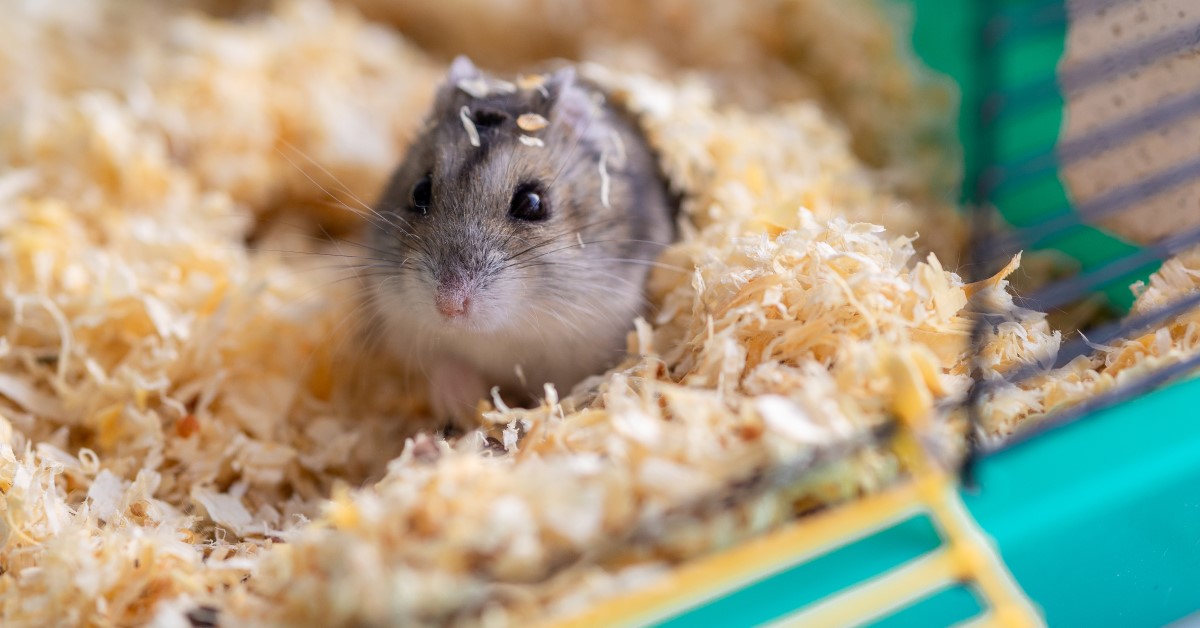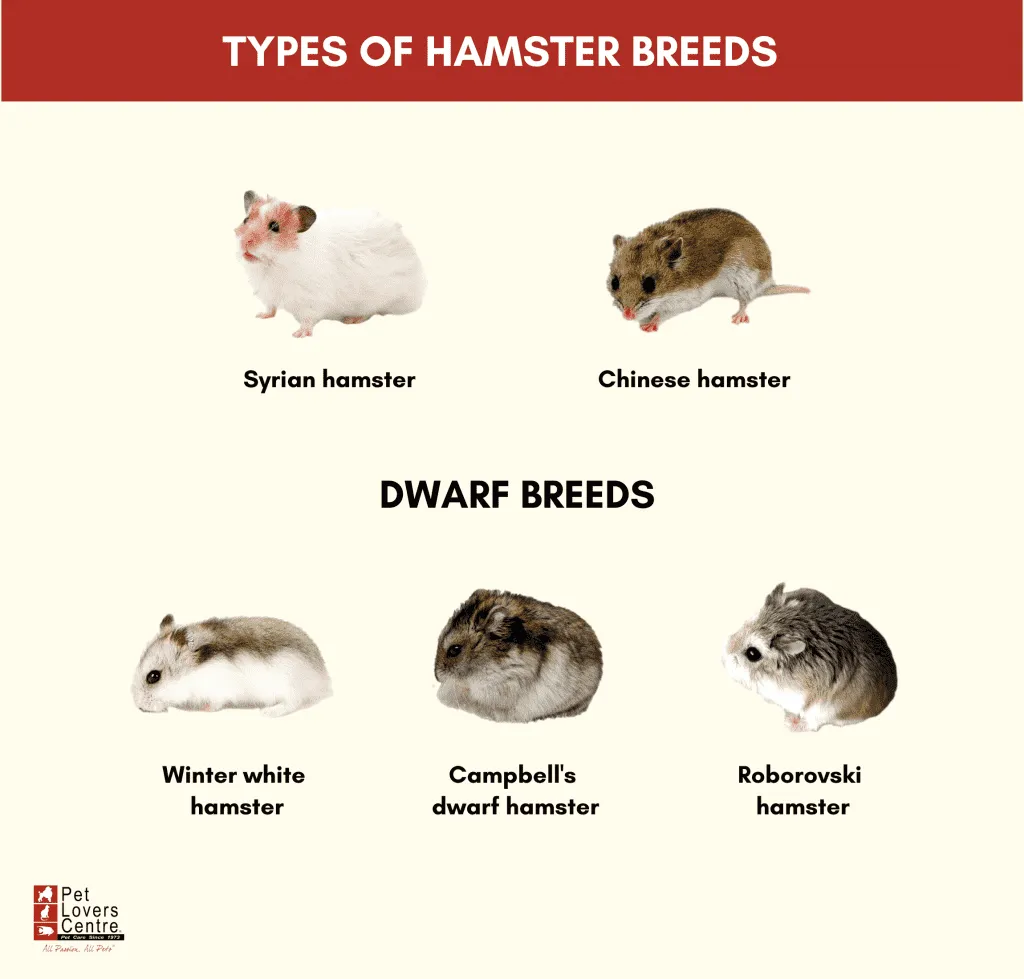Popular Hamster Types for Pets
Hamsters are one of the most beloved pets around the world, adored for their friendly demeanor, small size, and of course, their adorable cuteness. With various types of hamsters available, choosing the right one to fit your lifestyle and preferences can be a delightful yet challenging task. In this article, we will explore some of the most popular hamster types for pets, their characteristics, and care requirements, allowing potential pet owners to make an informed decision.
Understanding Different Hamster Breeds
Choosing the right hamster breed is crucial for ensuring a happy and healthy pet. Each breed has its own unique traits, behaviors, and care needs. Knowing these differences can aid in selecting the best companion for you or your family. The most common hamster breeds include Syrian hamsters, dwarf hamsters, and Roborovski hamsters. Let’s take a closer look at these popular types.
1. Syrian Hamsters
Syrian hamsters, also known as golden hamsters, are the most popular type of pet hamsters. They are typically larger than other breeds, growing up to 7 inches in length. Their friendly and personable nature makes them great pets for children and first-time owners. Syrian hamsters generally have a calm demeanor, preferring to be handled and played with, but they can also become territorial, especially when kept together. A well-loved scenario is when owners create elaborate habitats filled with tunnels and toys, allowing these kingdom rulers to thrive.

2. Dwarf Hamsters
Dwarf hamsters are another favored choice among pet owners. There are several species, including the Campbell’s dwarf hamster, Winter White dwarf hamster, and Chinese dwarf hamster. These hamsters are generally smaller than Syrian hamsters, making them suitable for smaller living spaces. Dwarf hamsters can be playful and social animals, often living peacefully with others of their kind if introduced correctly. Their compact size means they will flourish with plenty of enrichment in their cages. Owners often enjoy their playful antics as they scurry around and explore their surroundings.
3. Roborovski Hamsters
Roborovski hamsters, or “Robos,” are the tiniest of the popular hamster types, typically measuring only 2 to 4 inches in length. Despite their small stature, they are known for their energetic and lively behavior. Robos can live together in small groups, making them ideal for owners interested in having multiple hamsters in the same home. However, because of their speed and small size, they may be less suited for young children who might struggle to handle them. Observing Roborovski hamsters in their naturalistic environments can be highly entertaining due to their playful nature.
Choosing the Right Hamster for Your Lifestyle
When selecting a hamster breed, it’s vital to consider your lifestyle, space availability, and the amount of time you can devote to your furry friend. Each breed has unique characteristics that can influence their suitability as pets.
Consider Space Requirements
Syrian hamsters need a larger cage with wide spaces as they are solitary and can become easily stressed in cramped environments. Dwarf hamsters, while smaller, require ample room to roam and play, so a multi-level habitat is beneficial. If you opt for Roborovski hamsters, a spacious, multi-chambered habitat will help fulfill their curious nature for exploration. Ensuring that the chosen hamster type has sufficient space will lead to a more relaxed and happy pet.
Assessing Activity Levels
Different hamster types exhibit varying levels of activity. For instance, Roborovski hamsters are the most active and may engage in exercise throughout the day or night, while Syrian hamsters usually prefer a balance of play and rest. Understanding the activity level of the breed you choose will help you provide suitable toys and enrichment activities. Regular out-of-cage exercise time, supervised in a safe space, is essential for preventing obesity and ensuring they remain active.
Understanding Lifespan and Health
The average lifespan of a hamster varies between species, with Syrian hamsters living up to 3 years, while dwarf varieties can live 2–3 years. Ensuring quality care and a proper diet can influence lifespan significantly. Investing in high-quality bedding, a balanced diet, and regular veterinarian check-ups will contribute to your hamster’s long-term health.
Essential Care Tips for Hamster Owners
Proper care is vital for ensuring your hamster remains healthy and happy. Understanding their nutritional needs, living conditions, and social behaviors will result in a well-rounded pet experience. Here are essential tips every hamster owner should consider.
Providing Appropriate Nutrition
Feeding your hamster a balanced diet is crucial for their health. Most hamsters thrive on a commercial hamster mix that contains seeds, grains, and pellets specially formulated for digestive health. Fresh veggies and occasional fruits can be offered as treats. It’s vital to avoid sugary or fatty foods, as they can lead to obesity and other health issues. Always ensure fresh water is easily accessible in a chew-proof bottle or bowl to avoid contamination.
Creating an Enriching Environment
Hamsters are intelligent and inquisitive creatures that thrive when offered a stimulating environment. Besides adequate cage space, adding tunnels, toys, and chewing materials can help meet their exploration needs. Ground cover materials such as aspen shavings or paper bedding can encourage burrowing behaviors. Regularly changing cage bedding will maintain hygiene and keep your pet healthy.
Establishing a Routine for Socialization
Creating a comfortable bond with your hamster is essential, requiring patience and consistent handling. Syrian hamsters enjoy individual attention, while dwarf hamsters, particularly Roborovski, may need more time to adjust and warm up to regular handling. Implementing a routine that engages your pet will promote social interaction, which helps build a trustworthy relationship. Gradually introducing treats and gentle handling will ensure your pet feels safe during playtime.
Key Takeaways
- Each hamster breed has unique traits, making some more suitable than others depending on your lifestyle.
- Syrian, dwarf, and Roborovski hamsters are popular types, each having different care requirements.
- Proper nutrition, cage environment, and routine care are essential for hamster health and happiness.
- Investing time in understanding your hamster’s needs will enhance your pet ownership experience.
FAQ
1. What is the lifespan of a pet hamster?
The lifespan of pet hamsters typically varies by breed. Syrian hamsters often live for 2 to 3 years, whereas dwarf hamsters can live for about 2 to 3 years as well, depending on care and genetics. To promote a healthier and longer life for your hamster, prioritize proper nutrition, a stress-free environment, and regular vet check-ups.
2. Can different hamster types live together?
Generally, Syrian hamsters are solitary and should not be housed with others as they can become territorial. In contrast, dwarf hamsters can often live together harmoniously, with a few exceptions depending on individual personalities. If keeping dwarf hamsters together, monitor their behavior closely to avoid aggression.
3. What is the best diet for hamsters?
A balanced diet for hamsters includes a mixture of high-quality hamster pellets, seeds, grains, and occasional fresh fruits and vegetables as treats. Avoid giving sugary or fatty foods. Fresh water should always be available and is essential for their hydration and overall health.
4. How do hamster habitats impact their well-being?
Hamster habitats play a significant role in their well-being. Properly sized cages with ample ventilation, alongside enrichment items such as tunnels, toys, and adjustable substrates, help combat boredom and promote natural behaviors. Providing sufficient space encourages exercise, essential for physical and mental health.
5. Are hamsters suitable for young children?
While hamsters can make great pets for children, adult supervision during interactions is crucial. Syrian hamsters are typically more tolerant of handling, while dwarf hamsters need gentle handling due to their smaller size and speed. Ensuring children understand the right approach before engaging with hamsters is key to fostering a positive pet relationship.
6. What should I look for when adopting a hamster?
When adopting a hamster, seek one that looks healthy, with clean fur, bright eyes, and a responsive demeanor. Consider adopting from animal shelters or reputable pet stores that adhere to ethical breeding practices. Learning about specific breed requirements prior to adoption will provide a better understanding of their care needs.
